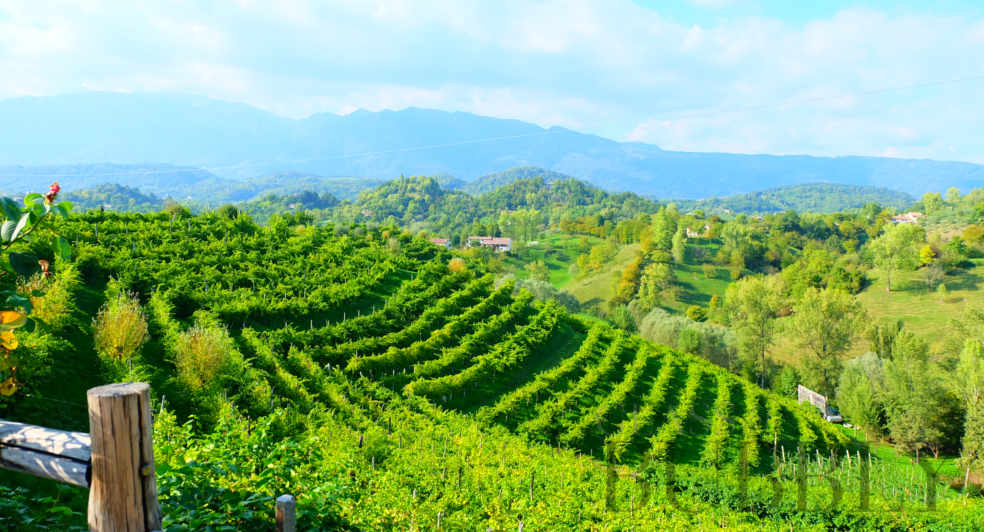Why Prosecco DOC is not a good business for small producers
4th August 2014

Let me put some market figures in here: production area of Doc Prosecco is about 20.000 hectares distributed in nine provinces of Veneto and Friuli regions. More than 10.000 producers and more than 300 bottlers are moving this market forward. The 2013 total production was over 1.8 million hectoliters for approximately 240 million bottles, of which only 35% destined for the domestic market and the remaining 65% for export. Today there are roughly 360.000 hectoliters of Prosecco still in the wineries, of which 100.000 will be “freed” for the sake of controlling the demand and supply chain. Important to note that these 20.000 hectares will reach their maximum production capacity in 2015, with a prediction of about 400 million bottles. If we look at the tendency, we can expect to have to block 30% or more of this year’s production, always for the sake of the market demand and supply. If we have to store production because there is not enough demand, or to keep market prices, are we sure it was a good decision back in 2009 to increase the production area from only one province to nine provinces? Wouldn’t it be easier at this point to decrease the allowed yield per hectare? Unfortunately, there is much politics involved for the “sake of few” big players. The business outlook for small producers like us is not good. We have higher production costs, and can’t even sell our wines because of market politics. We simply can’t compete with on-shelf prices that are lower than our finished bottle cost.
Conclusion? We can deduct that this huge BOOM in sales of Prosecco is not enough to absorb the even bigger production quantities, and the future is not bright! This love story will end, and we can already see the decline of it.
If this prohibition continues, producers will start 2014 harvest with 2013 Prosecco DOC in stock, unless they sell as IGT white wine under-priced. If they decide to stock it and sell once the blockage is over the markets will get the 2013 Prosecco sold maybe late 2014 and beginning of 2015, and we all know that Prosecco is not for ageing. You have been warned!
So what can a small winery do? Be creative and be better! There are many opportunities outside the Prosecco world! What are we going to do? We will continue bottling our own wines, as always, and will make a better product calling it maybe “Reka’s New Favourite Sparkling”.
Cheers,
Reka
![]()
Glass of Bubbly
Executive editor of news content for the website Please enjoy the articles that we share - We hope you find our love for Champagne & Sparkling Wines both interesting and educational.
